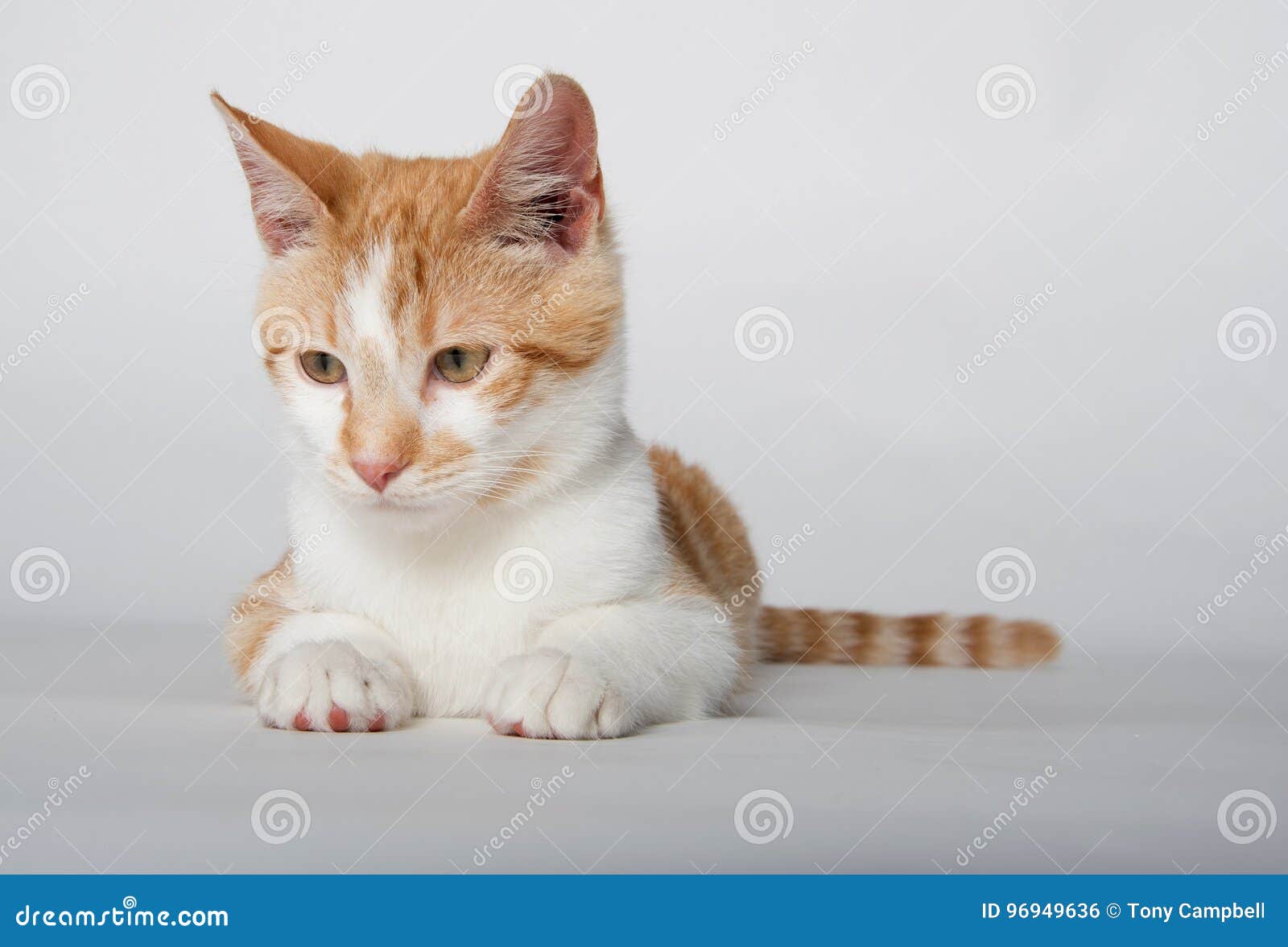
Some ticked tabbies do, nevertheless, show ghost striping on the face, belly, and legs. This gives the coat a salt-and-pepper appearance instead of clear stripes. These felines have agouti hairs with a dark base color that alternates with lighter tones.

The ticked tabby does not show the stripes except on its legs and tail. The Ocicat and American Bobtail are cat breeds that commonly display the spotted tabby pattern. It's uncertain whether the spotted came from broken mackerel tabby patterns or if it has unique genetics. Because these spots vary, they often resemble broken mackerel tabby stripes. Instead of the stripes or swirls discussed above, a spotted tabby is covered in spots of different sizes. Many tabbies with this pattern also have dark spots running through their stomachs, sometimes called "vest buttons." Spotted Tabby The mackerel tabby is named like this because the pattern resembles a fishbone. They also have rings along their tails and legs. It is likewise called the striped tabby or the tiger cat. The mackerel tabby is the most common pattern. These cats have solid or broken stripes that branch off from one big line that runs along the pet cat's spine. Some classic tabbies can also have blotches of color in their body, giving them the moniker "blotched tabby." Mackerel Tabby The pattern is characterized by bold swirls that create a "target" pattern on the side of the cat's body. The American Shorthair breed is the most common cat with the classic tabby pattern. That being said, there are five types of tabby markings. While every tabby cat might not display all of these markings, if a cat shows numerous from this checklist, it's pretty secure to say it's a tabby. Various other physical attributes generally seen in tabbies include: Some tabbies show noticeable striping on their legs and tail. Depending on the pet cat's genes, these red stripes may be bold, plainly visible, subtle, or faded. Though there are numerous unique tabby patterns, most tabbies show some level of striping on their coats. It's also understandable how coats with striped and spots might camouflage well into the wilderness. Others claim that it stems from the translation of the French expression "striped silk taffeta," the root of which is tabis.Ī study by feline geneticists Carlos Driscoll and Leslie Lyons verified five family trees of wildcats that are ancestors of today's domestic tabbies. Some say that that name is derived from Atabi, a patterned silk made in the Middle East. This marking is also seen on wild cats, particularly forest ones like cheetahs, ocelots, and tigers. Some say M stands for Mau, the Egyptian word that means cat. However, what makes a tabby actually stand out, is the distinctive M-shaped marking on the forehead.

A lot of tabbies have stripes throughout their faces, along their backs, and on their legs and tails. Whether you're into big cats or small cats, long-haired or short, we've rounded up all the best grey cat breeds to help you find the perfect new addition to you family.Though every cat is different, there are certain identifiable markings most tabbies tend to display. If you're feeling too superstitious to look at black cat breeds and are worried about the upkeep involved with white cats, then a grey or silver cat may be the perfect choice for you. Others cats can come in a variety of coat patterns and colors, including grey. Some of these breeds are exclusively grey, such as the Russian Blue, the Chartreux of France, the Korat of Thailand, and the Nebelung. Instead, grey cat breeds are born looking wise, and if you're on the hunt for a feline friend, then you may want to look to the most popular grey cat breeds out there. Some cats will go grey as they age, but not on the scale that dogs and humans do, as they tend to retain enough melanocytes to keep their original color. While there's something to love about cats of all colors and sizes, you may find yourself particularly drawn to gorgeous grey cat breeds.


 0 kommentar(er)
0 kommentar(er)
